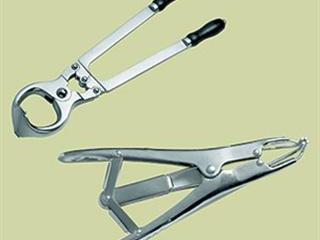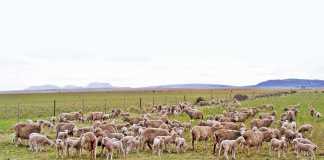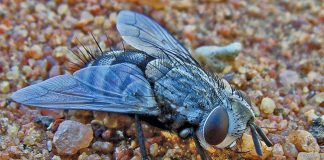
Take note
As with all castration, it’s better to watch an expert first before trying it yourself. If you have any doubts whatsoever, consult your vet or extension officer.
Rubber rings
An instrument called an elastrator fits special rubber rings around the base of the scrotum when the bull calf is less than 10 days old. If applied later, the calf could get tetanus or an infection. It will also feel more pain and its growth will be slower.
Ensure both testes are down in the scrotum (meaning they have both dropped) before you apply the ring.
Advantages: It’s easier to handle the calf and the method is bloodless.
Open-wound castration (emasculator or knife)
Before the operation, wash your hands well, boil the instruments and disinfect the scrotum thoroughly with iodine. Apply antibiotic powder to prevent infection, and a fly repellent to keep flies away. Use a sharp knife to remove the lower third of the scrotum. Then slip each testicle out of its “sack”. Do not remove too little of the scrotum or it won’t drain well.
Place the emasculator instrument on the spermatic cord and close off the blood supply to remove the testes. If using a knife, cut the cords cleanly. Hold it at an angle and scrape the cord over about 30mm until it breaks. This prevents too much bleeding.
Advantages: Castration can’t be reversed because the testicles are removed.
Short-scrotum method
A rubber ring applied with the elastrator holds the testicles in the body cavity after they have been pushed up – and stops the testicles from making live sperm. Be sure to push the testicles well up into the body cavity before putting on the ring, or else live sperm will still be produced.
Advantages: The calf will grow into a sterile bull, with better growth and feed conversion than a steer, but may be more aggressive.
After care
- Watch the animals closely for about 10 days after castration.
- Beware of blowfly attack and infection, especially with the emasculator method. Treat wounds with wound aerosol to discourage fly attack.
- If there’s severe swelling and pain, and the animal develops a fever, inject a suitable antibiotic.
Source: Department of Agriculture, Forestry and Fisheries. Contact the North West Agricultural Development Institute (Potchefstroom) on 018 299 6576.












